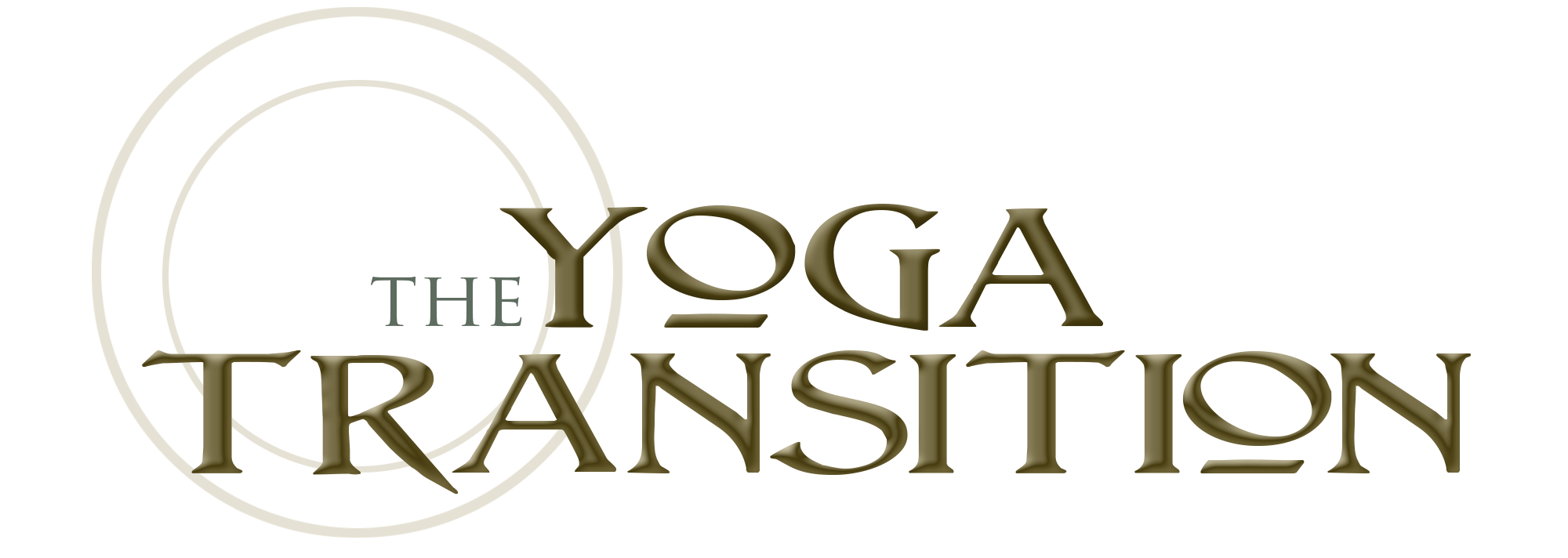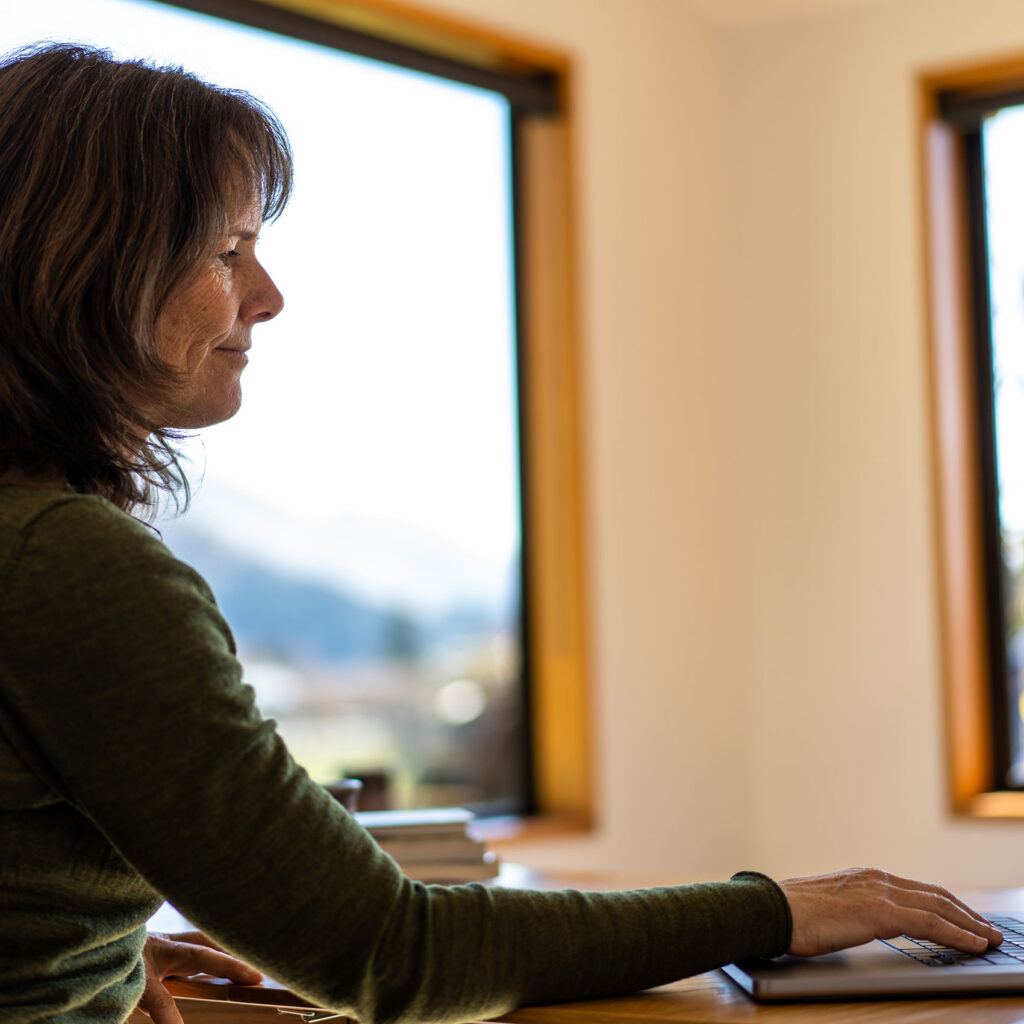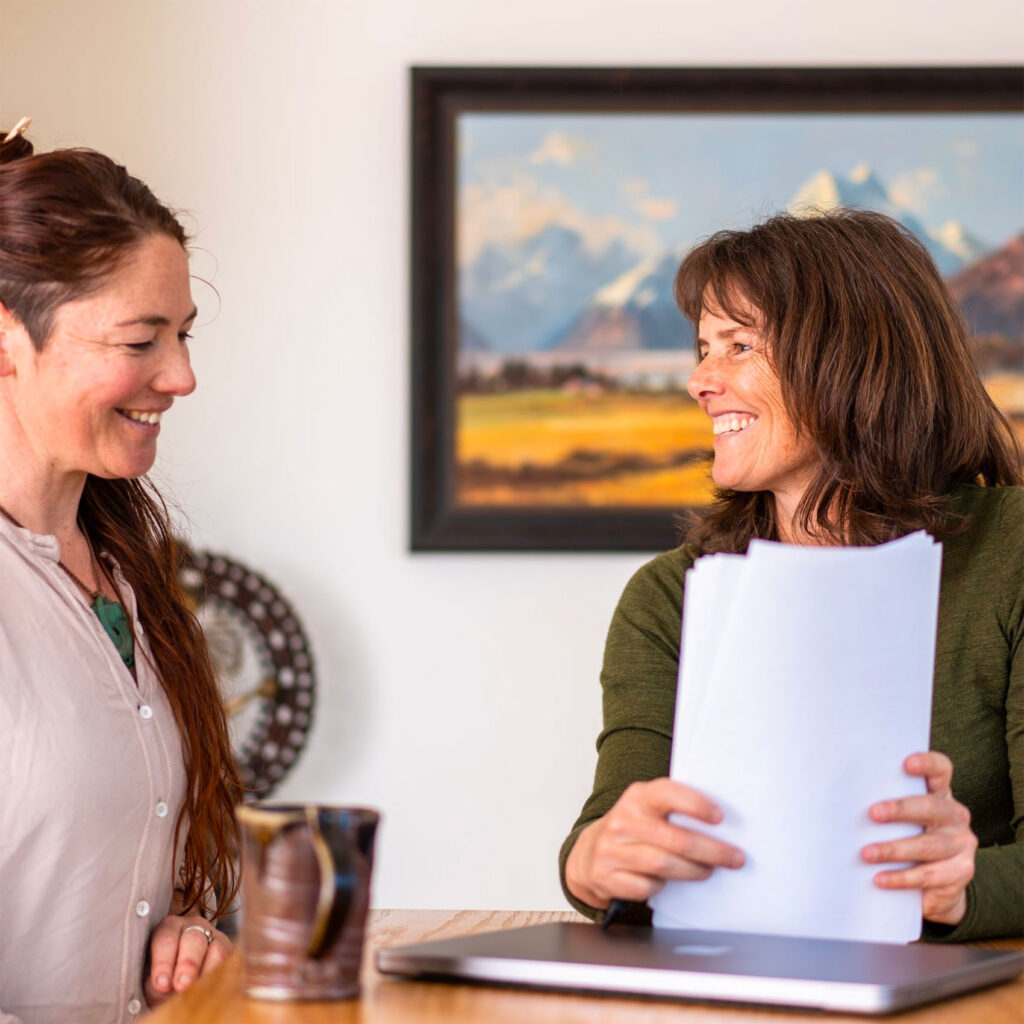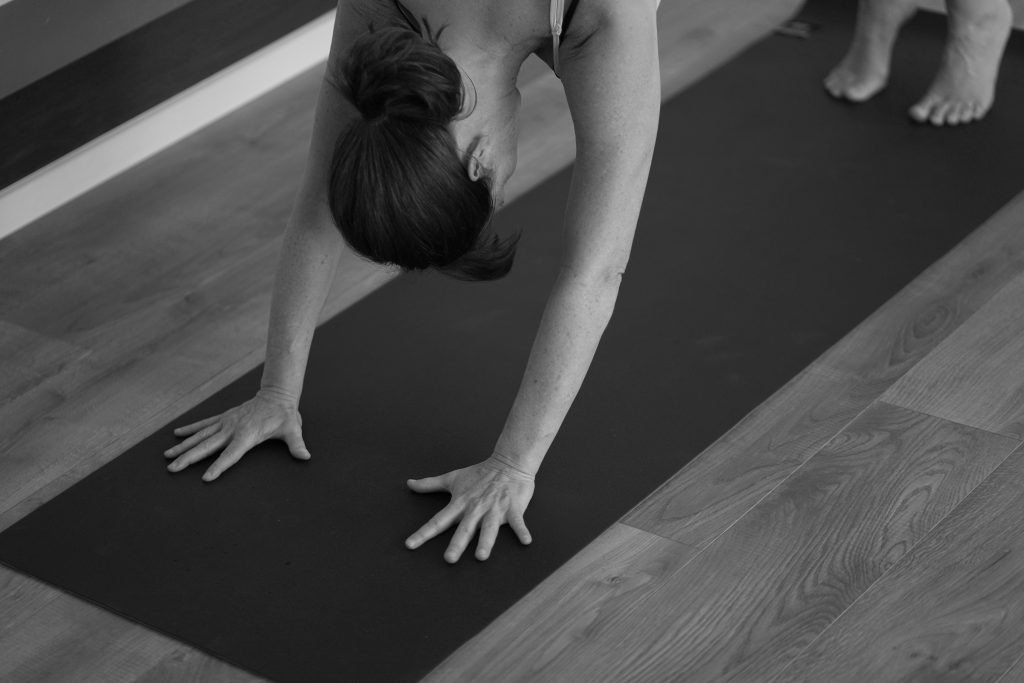
Yoga Āsana Teacher Training
Yoga Āsana Teacher Training
Yoga āsana teacher training may be a standalone offering or be taught in conjunction with the broader range of yoga practices such as vedic philosophy or the 8 limbs. Comprehensive yoga āsana teacher training is highly sought after, with āsana, the Sanskrit word for ‘steady, comfortable seat’, having a wide range of interpretations across many yoga styles.
Referring to the iconic yoga poses most people commonly refer to simply as “yoga”, yoga āsanas were contextualised in the yogic scriptures written in 500 BC by a sage named Patanjali in what is now referred to as Patanjali’s Yoga Sutras, alongside the other 8 limbs of yoga laid out as a path to enlightenment.
In India, yoga has always centred around the practices of pranayama and meditation, with āsana very much occupying a minor role. Those lucky enough to travel to India may be surprised at the glaring lack of āsana classes on offer or the near impossibility of finding a yoga mat to purchase.
According to several ancient texts, there were originally 84 yoga āsanas; this number has increased significantly since yoga has travelled to the west, with our contemporary version of yoga being more āsana centric, requiring teachers to be more knowledgeable in the areas of anatomy and biomechanics.
In the west, āsana is an important part of all yoga styles, and for most it is the entry point into the yogic path. As practitioners become more skillful in āsana they commonly then ask themselves “Well is that it?,” and consequently become drawn to the more subtle and refined practices, such as meditation, that lead them further along the path Patanjali laid out. The practice shifts from a predominantly physical practice to a spiritual practice.
At The Yoga Transition, our yoga teaching mentorship program and approach to yoga āsana teacher training is embodied by this ethos, that āsana begins with somatics and all its physical benefits and then progresses to a more comprehensive role as a means for attaining spiritual freedom. We work with practitioners and teachers wherever they are on this learning path.
Contact us to find out more.
What is the purpose of āsana in the context of yoga?
Āsana cannot be practised or understood independently of the 8 limbs of yoga. Āsana without this context is merely callisthenics.
The sanskrit term āsana translates as “steady, comfortable seat.” If the end goal of yoga is defined in Patanjali’s Yoga Sutras as “a cessation of the fluctuations of the mind” then we can draw on the concept of a seat for the mind in shaping our āsana approach.
B.K.S Iyengar says: “We continually expand the frame of the mind by using the canvas of the body. It is as if you were to stretch a canvas more and create a larger surface for a painting.”
In this way we use the physicality of the body as a means to explore and understand consciousness. The body is the seat for the mind as this exploration begins.
It is through the energy channels of the body that prana flows, hence when we have an embodied attention we can cultivate an awareness of and perhaps a mastery of the pranic flow – in this way āsana serves pranayama.
In addition we can use āsana to cultivate awareness. Awareness that begins with the easier, tangible knowing of the physical, and then a progression to a refined exploration of awareness itself, of our true nature – in this way āsana serves meditation.
Do you want to improve and innovate your teaching?
While many students begin their yoga journey seeking physical wellbeing, the path a teacher walks offers further self-realisation and purpose.
Yoga teachers constantly seek to improve their knowledge of yoga as well as their relationship with students but this can be difficult when you do not have a community of teachers or a mentor for collaboration.
Our yoga mentorship breaks down the common challenges faced by yoga teachers and provides a customised framework for progressing their practice and their teaching skills.
We are here to guide you beyond your initial training and experience. Our objective is to strengthen your teaching skills, refine your understanding of the practice, and to provide a community where you can flourish.
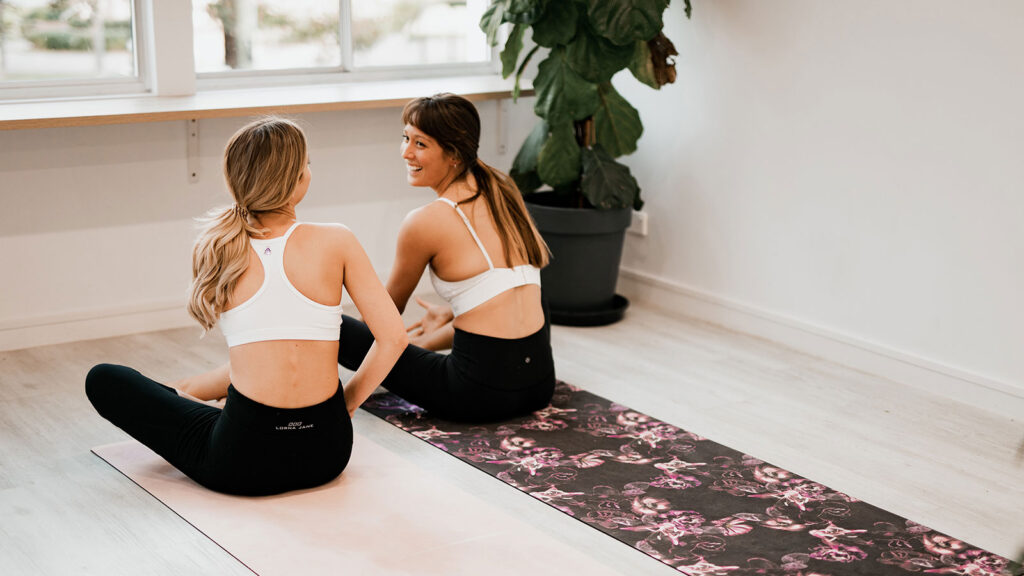
Are you longing for community and collaboration?
By the very nature of teaching yoga, teachers are often isolated with minimal interaction with other yoga teachers. In this environment, improving and maturing your craft can be difficult as you lack opportunities to connect and learn from peers.
That’s where a structured mentorship environment can help.
The Yoga Transition invites yoga instructors across the globe to join a collaborative community to learn, connect, and enhance their teaching skills with a master teacher - Susan Allen.

How to convey the transformative benefits of yoga āsana
As yoga teachers, we have been fortunate to experience the transformative benefits of the practice. But imparting this acquired knowledge and understanding to our students in clear, succinct language can be a very challenging skill to develop.
Yoga āsana is an incredibly transformative tool. When practised intelligently āsana brings a radiant health to the body, we become comfortable in the skin we’re in and there is a quiet confidence that stems from this physical embodiment. Our ability as teachers to convey these transformative benefits all starts and ends with our personal practice. At The Yoga Transition we will show you how to cultivate a keener awareness within your own practice so you can accurately convey your insights to your students. Combining these insights with skilled cueing and abservation we are able to take our teaching to a mature level.
Why consider mentorship
Mentoring with a master teacher provides you with a clear path to professional development. You will receive personalised guidance on topics ranging from your personal practice, to your teaching skills, to how to move forward with your yoga career.
Seize the opportunity for development and to share in Suze Allen’s 20 years experience running multiple yoga studios, teacher trainings, immersions and retreats.
What different types of āsana are taught by The Yoga Transition?
All teachers have an āsana repertoire that stems from their practice preferences, body type and emotional temperament. To be a well-rounded teacher of course we need to be able to teach to a wide variety of audiences and indeed sometimes may be teaching something we don’t often practise.
At The Yoga Transition we will help you expand your knowledge across all categories of yoga āsana, as well as teach you systematic sequencing that endorses biomechanics and energetic considerations.
Categories of postures:
Orientations (as well as traditional ordering):
- Standing poses
- Kneeling poses
- Supine poses (on your back)
- Inversions
- Prone poses (on your front)
- Seated
Movement of the spine:
- Forward bending poses
- Back bending poses
- Twisting poses
- Lateral bending poses
- Axial extension
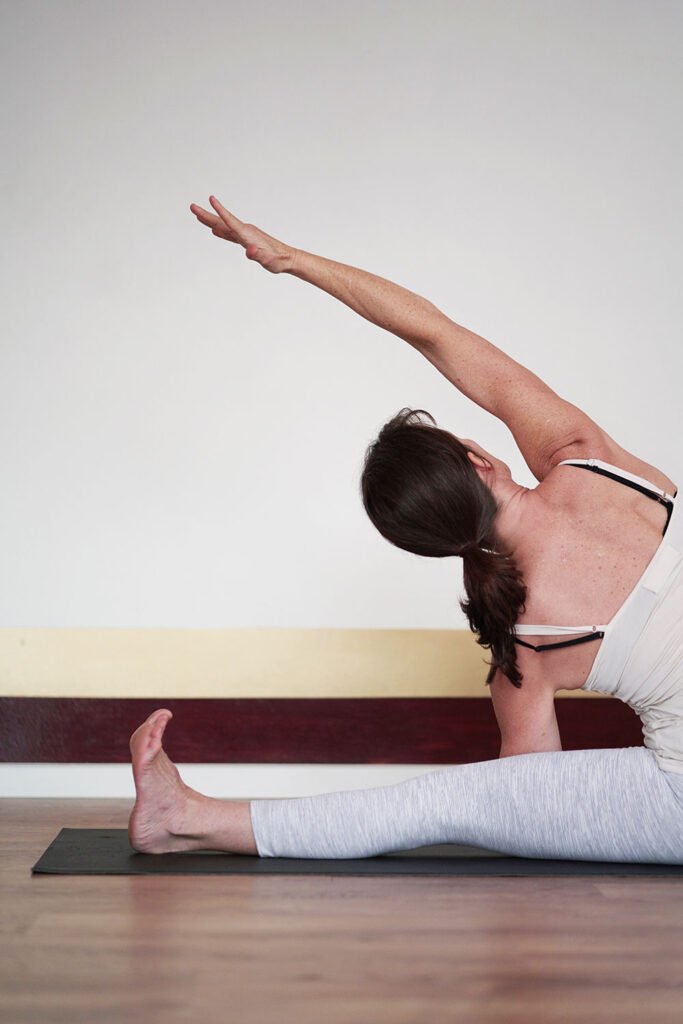
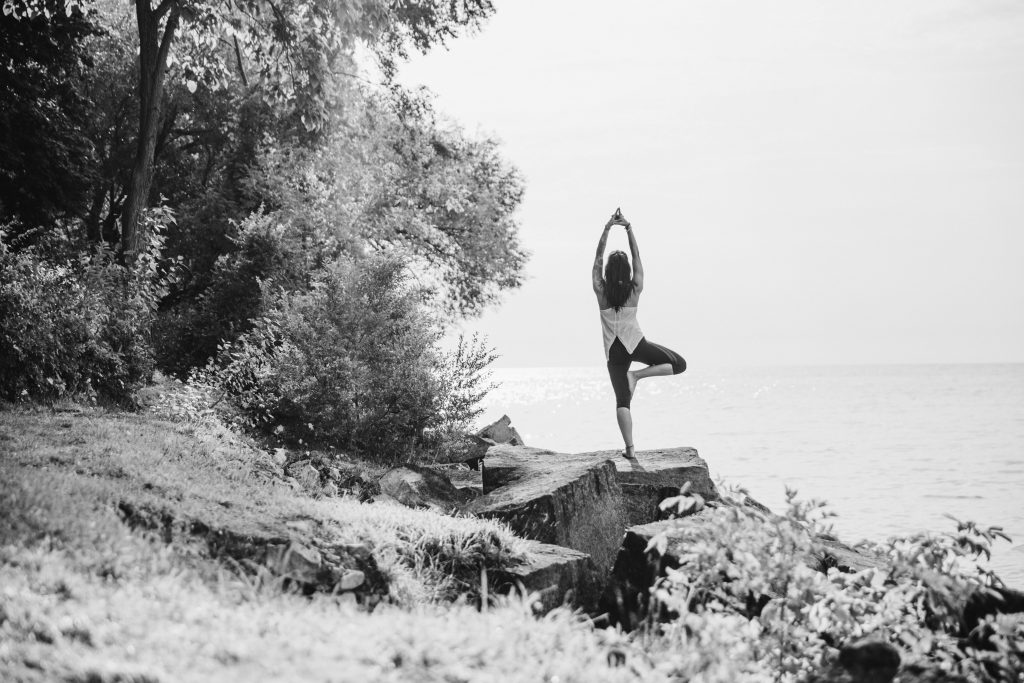
Why consider mentorship
Mentoring with a master teacher provides you with a clear path to professional development. You will receive personalised guidance on topics ranging from your personal practice, to your teaching skills, to how to move forward with your yoga career.
Most yoga teachers begin their yoga journey in a particular style or tradition, such as Vinyasa or Iyengar. This is useful as the formula of a particular style gives a clear structure to the learning. Then as one’s yoga journey continues, it is common to dabble in different yoga styles and to become curious about previously unexplored aspects of the practice. As the yoga path continues to evolve, we find our own blend – a style of practice and teaching that is unique to our own interests and knowledge that we have accumulated over the years. At this stage, mentoring is at its most effective, guiding and honing to help the teacher find their own voice, to express their individuality, and discover their interpretation of yoga. Working with a yoga mentor will help bring structure and clarity to their unique offering to their students.
Seize the opportunity for personal and career development and to share in Susan Allen’s 20 years experience running multiple yoga studios, teacher trainings, immersions, and retreats.
What will our mentorship cover?
Our yoga mentorship program will cover the following key topics:
- How to teach a holistic practice with the incorporation of the 8 limbs and move the focus beyond just a physical practice
- How to develop an authentic teaching style by drawing on your personal experiences
- Developing your capability to create effective, artful sequencing, including safe sequencing that respects the body’s biomechanics and capabilities
- How to cue effectively without demonstrating so you can be more interactive with your students, including giving more hands-on assists
- How to incorporate the principles and practice of meditation into your āsana classes, including introducing more contemporary mindfulness practices
- How to respect the physiology of breathing and understand its significance within the āsana practice, thereby encouraging healthy day-to-day breathing for your clients
- Develop a framework for progressing from the superficial to the subtle both within your own practice as well as in your teaching skills
- How to start a yoga studio, organise retreats, workshops, and immersions
- How to turn your yoga teaching into a successful business.
In order to effectively craft your yoga career path, we will work with you to:
- Identify the knowledge and skills you need to improve
- Develop your personal practice and understanding of yoga
- Set achievable and measurable goals
- Be accountable for your development
Develop your yoga teaching style with mentorship
At The Yoga Transition we celebrate individuality through:
- Steering your practice and teaching in the direction that most interests you
- Encouraging you to discover your unique voice
- Guiding you to develop a teaching methodology that has both integrity and individual authenticity.
Once you have completed your initial teacher training, contact us to find out how mentorship can bring you to the next level.
Our mentorship options
The yoga sutras are a series of Indian scriptures outlining yogic theory and a philosophy to live a healthy, wholesome life. The yoga Sutras define the eight limbs of yoga, of which, asana is limb number three. Each of the eight limbs focuses on a segment of the yogic path, which offers guidance on how to live meaningfully and purposefully.
The physical practice of asana is the third stop on the path to enlightenment. It is translated from Sanskrit to mean ‘seat’ or ‘posture’ and has become the most recognised practice of yoga.
Modern yoga focuses heavily on the asana practice with the main purpose of enhancing our physical fitness. In this context, asana means the sequence or flow of postures we curate with specific alignment to free the body of suffering.
Performing various types of asana help us to free up our physical form. Different types of asana will help for different regions of the body. This could be related to certain muscles, joints, ligaments, as well as internal organs.
While many of the oldest mentioned asanas are seated postures, an asana can refer to many types of poses:
- Standing poses
- Seated poses
- Supine poses (on your back)
- Prone poses (on your front)
- Twisting poses
- Balancing poses
- Core strengthening poses
- Forward bending poses
- Back bending poses
- Hip opening poses
- Side bending poses
- Inversions
- Meditation poses
According to several ancient texts, there were originally 84 asana yoga poses, with significantly more being added throughout the centuries. Some yogic texts such as The Gheranda Samhita claim as many as 8.4 million asanas described by Shiva, as many in number as there are living species in the universe. The number 84 is considered a sacred number in many spiritual traditions, representing a harmonious relationship between one’s self and the universe.
Today, there are hundreds of asanas posed throughout the various practices as many modern practitioners expand more on the physical aspect of yoga.
Even without the integration of the other eight limbs of yoga, asanas are extremely beneficial movements to help us free up the physical form from suffering. Yoga asana can help to lubricate the muscles, joints and ligaments to improve circulation, balance, strength and flexibility.
Additionally, yoga asana can help to improve energy levels, help the mind to focus and train yourself in physical and mental disciplines. The disciplines we practise in asana can then be carried over to our daily habits and routines, cultivating positive changes to our lifestyle.
Asanas first appeared in yogic scriptures written in 500 BC by a sage named Patanjali. Alongside the other eight limbs of yoga laid out in the yoga sutras as a path to enlightenment. Ancient yogis have been practising the asanas for millennia, as the yogic teachings were originally passed along secretively from teacher to student.
Recent studies have shown that the asanas as we know them today didn’t exist in quite the same way as they did thousands of years ago. With a broad spectrum of translations, contradictions and interpretations of the history of yoga, the most important thing we can do is to expand our scope, learn from our peers and decrypt our own path.
Most styles of yoga incorporate the same asanas in their practice, however, the experience of one style can be radically different to others. Study of the essential elements of the asanas can help us to refine the art of sequencing and better align with our intention. Let’s explore how we breathe, move, balance, align, focus, detach, modify, support, listen, touch, observe and persevere.
Whatever your goal and your teaching experience as a yoga instructor, our mentoring program helps you fine-tune your practice and take your understanding of asana in the context of the eight limbs to the next level.
